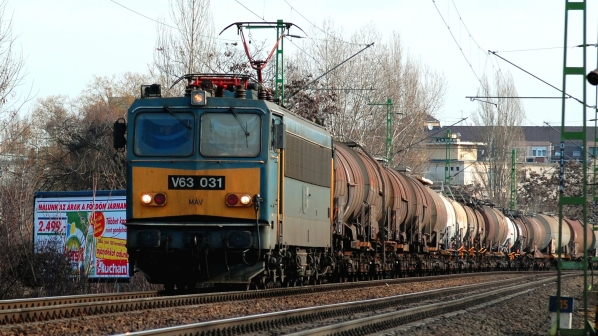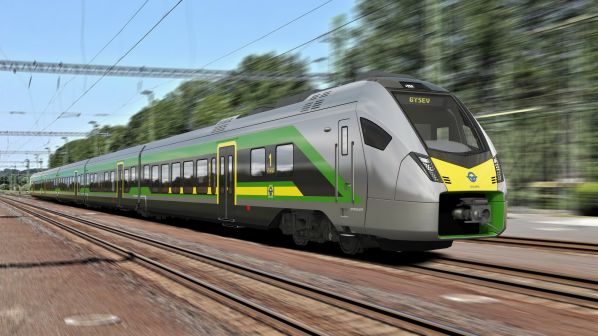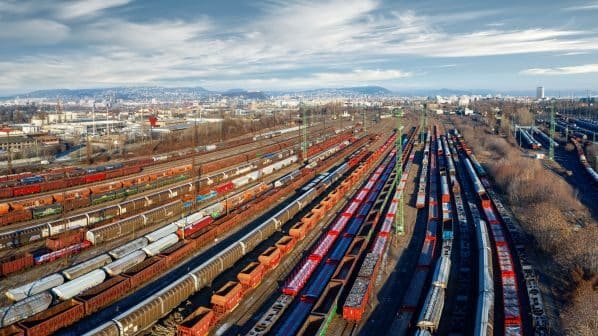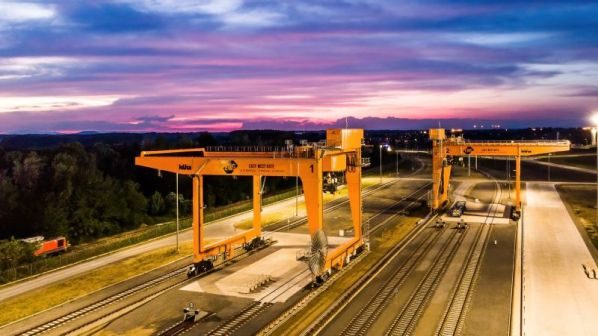THE Hungarian government announced on May 9 the formation of working groups to initiate the construction of two major rail projects in and around Budapest. The announcement came after Chinese president Mr Xi Jinping concluded a state visit to Hungary.
Prior to his arrival, Hungarian foreign secretary, Mr Péter Szijjártó, stated during a visit to Beijing on April 24 that the Hungarian railway network could develop faster with Chinese funding linked to the latter’s Belt and Road initiative.
The initial projects that might benefit from Chinese finance are the construction of a line to serve Budapest airport and the V0 Budapest avoiding line from Szolnok to Győr that has been planned for several decades. However, the recent announcements have not specified the funding mechanisms, potential costs or details for each project, which will all be determined by the new working groups.
The willingness to accept external funding is likely to be related to concerns over the current capacity of the Hungarian railway network, particularly its ability to cope with a potential increase in east-west traffic.
Planners working on the proposed airport rail link will have to decide whether to opt for a direct line between the city centre and the airport or a loop from the existing Budapest - Cegléd main line that would allow inter-city trains to call at Liszt Ferenc airport, which handled 14.6 million passengers in 2023. Budapest is now one of the few European capitals without a dedicated rail link to its airport and even the nearest metro station is 9km away.
The alignment around Budapest for the V0 avoiding line was selected last year and would see new tracks laid mostly on existing rights of way or next to existing lines, rather than a completely new double-track alignment as previously proposed. Between Székesfehérvár and Győr it could be built in conjunction with the planned Budapest-Warsaw high-speed line, although V0 would however avoid both Székesfehérvár and Győr.
New structures required include a new railway bridge across the River Danube at Dunaújváros. The line would be built to Trans-European Transport Network (TEN-T) specifications and could also be used by passenger trains. The 100 freight trains a day operating on Hungary’s east-west axis are expected to rise to 140 within a few years as a result of new factories under construction in Debrecen, Szeged and elsewhere. Projections suggest that by 2050 over 30 million tonnes per year could be carried on V0.



